The Extraordinary Union of A.I. and Arts
Is A.I. taking over artists’ jobs?
The 21st century has hosted a lot of advancements in nearly every field one can imagine. Whether it be technology, arts, science, or other areas… However, one must admit that the one field that has become embedded in our lives more than ever has been technology. In the blink of an eye, we became dependent on a lot of devices that didn’t even exist a decade ago. Now, it is possible for a man-made machine to create non-existent human faces, compose a music piece for an orchestra, talk to humans about their feelings, or become an influencer. While these innovations are usually helpful, the rumor about whether machines will surpass humans, or occupy their jobs, has been going on for a while now. Nonetheless, the real question must be: “Are machines our competitors or collaborators?”.
According to Marcus du Sautoy, a Professor of Mathematics at the University of Oxford, A.I.’s are not here to steal anything from us. It’s rather the opposite, they’re here to help. In fact, Professor Sautoy argues that by doing the monotonous jobs for us, machines can urge humans to reconnect to their creative sides. One might wonder how a human and a machine can work together to create the unthinkable. Luckily, the answer is hidden in the works of some outstandingly innovative artists such as Mario Klingeman, Refik Anadol, and Zach Lieberman. These artists use algorithms to realize their dreams. Not only their dreams but as much as it sounds unrealistic, the dreams of buildings, telescopes, or sounds. Right then and there, as the theorist, Marshall McLuhan stated, “the medium becomes the message”. Although this would be using the quote slightly out of context, it is a perfect way to understand how these artists, especially Refik Anadol, combine architecture, technology, and arts as it will be elaborated hereafter.
Some Artists and their Works
Among many others, some artists working on the point of intersection of A.I. and arts, are Mario Klingeman, Refik Anadol, Zach Lieberman and the founders of onformative, Julia Laub and Cedric Kiefer. These people have created their individual ways of coding in the form of verse. Some use algorithms that mimic human brains (neural networks), some develop software that can follow the movements of the eye. And this is only the beginning. They push the boundaries in such a way that they can use brushes that are dipped in the brain of a machine. Kiefer, one of the founders of onformative, puts it into words perfectly by saying that in what they do the screens become windows that open to the abstract world.
Mario Klingeman
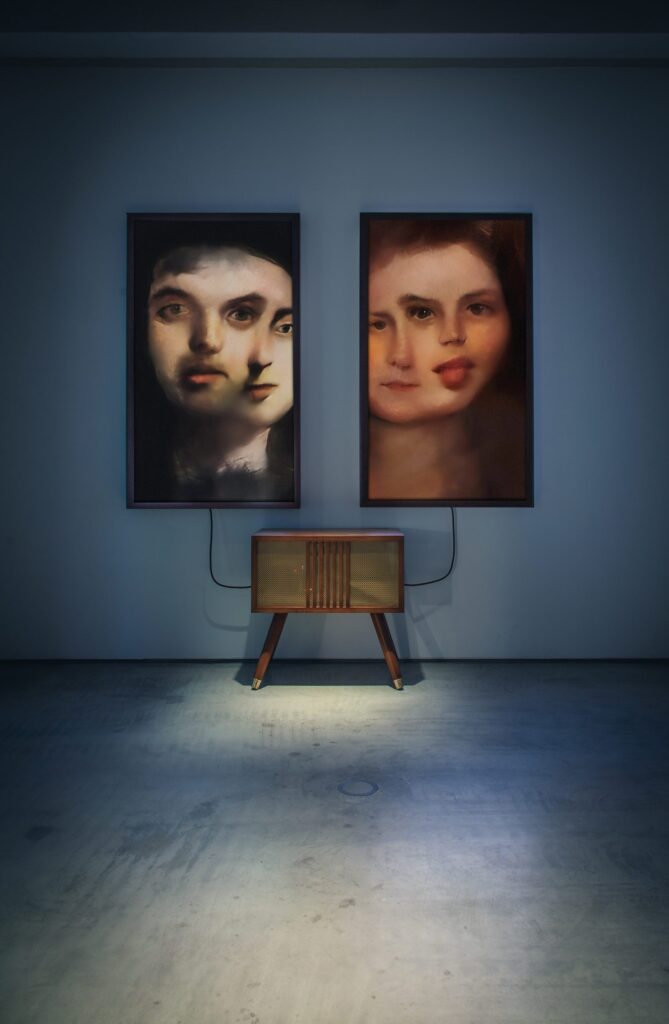
Mario Klingeman’s most well-known work is his evolving portraits. He deems neural networks, code, and algorithms as his preferred tools. As a self-taught programmer, he aspires to develop algorithms that can assert creative behavior almost autonomously. As a matter of fact, Klingeman believes that “machine artists” will conceive works more creatively than humans can, and he doesn’t even set forth a long time prior to this happenstance. However, for now, he doesn’t agree with the idea that an A.I. can be an artist, as it can be inferred from his words: “If you hear somebody playing the piano, would you ever ask if the piano is the artist? No. Same thing here. Just because it’s a complicated mechanism, doesn’t change the roads.”. The machine that he has created uses photographs of portraits from the 17th to 19th centuries to create non-existent faces, called “Memories of Passersby I”. These portraits keep changing while you look at them, which is why he talks about these portraits as his children that he cares for until they are ready to go out into the real world.
Mario Klingeman’s most well-known work is his evolving portraits. He deems neural networks, code, and algorithms as his preferred tools. As a self-taught programmer, he aspires to develop algorithms that can assert creative behavior almost autonomously. As a matter of fact, Klingeman believes that “machine artists” will conceive works more creatively than humans can, and he doesn’t even set forth a long time prior to this happenstance. However, for now, he doesn’t agree with the idea that an A.I. can be an artist, as it can be inferred from his words: “If you hear somebody playing the piano, would you ever ask if the piano is the artist? No. Same thing here. Just because it’s a complicated mechanism, doesn’t change the roads.”. The machine that he has created uses photographs of portraits from the 17th to 19th centuries to create non-existent faces, called “Memories of Passersby I”. These portraits keep changing while you look at them, which is why he talks about these portraits as his children that he cares for until they are ready to go out into the real world.
Zach Lieberman
Lieberman defines himself as a researcher rather than an artist. His specialties are interactive arts, “the IQ font” and the “Eyewriter”, a program that he designed for his graffiti artist friend, Tony Quan, who was left completely paralyzed, except his brain and eyes, because of a stroke. For his friend, Lieberman developed a software that follows the movements of the eyes so that Quan can keep making graffitis after his tragic incident. Thanks to this, not only can he keep executing his art, but his graffiti is projected synchronously to building facades just like real graffiti art. The way Quan describes this can put a sour smile on anyone’s face, “That was the first time I’ve drawn anything since 2003! It feels like taking a breath after being held underwater for 5 minutes.”. The way he can say this? By using the program Lieberman designed for him.
onformative
Unlike other kinds of arts, A.I. artists aren’t confined to a particular form of media. The founders of onformative regard this as one of the fascinating aspects of their work. Just like their art, their team is composed of people from various fields who converge on the point of curiosity and creativity. The distinctive feature of onformative is that they work with big brands such as Nike, Google, or Porsche alongside performing art for the sake of art. One of onformative’s artworks that I find to be mesmerizing is the Meandering River, which is an audiovisual art installation. It’s a work that creates a bird’s eye view of a non-existent river simulated by an algorithm that was fed with real-life visuals of rivers. The accompanying music is also composed by an A.I. The oscillating path of the river is a representation of how a river erodes the earth around it over a long time span. However, the algorithm transforms the long process into a much quicker one, thus creating an illusion of space and time unique to each viewer.
To better understand the process behind Meandering Rivers: https://onformative.com/work/meandering-river
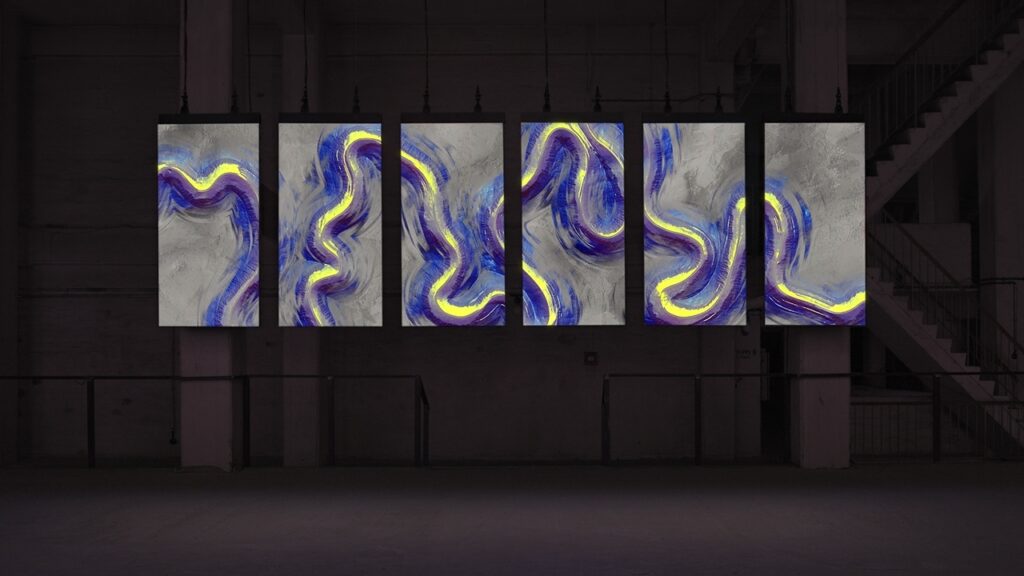
Refik Anadol
Refik Anadol is a personal favorite of mine. The way his mind works never fails to fascinate me. Anadol always mentions the movie “Blade Runner” as his initial source of inspiration, and he most certainly succeeds to create a futuristic atmosphere for his audience. He first came up with the idea of coding his way into art and using buildings as the medium during his bachelor’s dissertation project. The question that kept bothering him ever since his childhood was why architectural spaces couldn’t be dynamic. So, he decided to transpose data into space by using A.I. and machine learning algorithms. He mostly gathers his inspiration from the cinema industry, maths, and architecture and materializes data, light, and archives such as The Los Angeles Philarmonic’s audio recordings or a few of NASA’s telescopes’ photographs, for the sake of his art. With the help of his team and 21st-century technology, he mimics how humans dream and creates multi-dimensional installations from various sources, most of them being projected onto public spaces.
The Future of the Relationship of Arts and Technology
I believe that this awe-inspiring merge of arts with computer programming and its extensions will rapidly expand as a refreshing and unique field of art. As more and more people keep learning coding as an essential language, this field will grow simultaneously and who knows how many other ground-breaking creative ideas we will be shaken with. Even now, Anadol and many others who were and weren’t mentioned are making themselves heard worldwide. Art enthusiast or not, this is a new height in the history of both arts and technology.
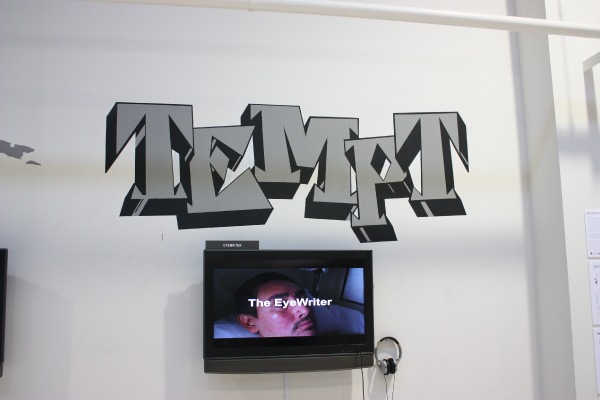

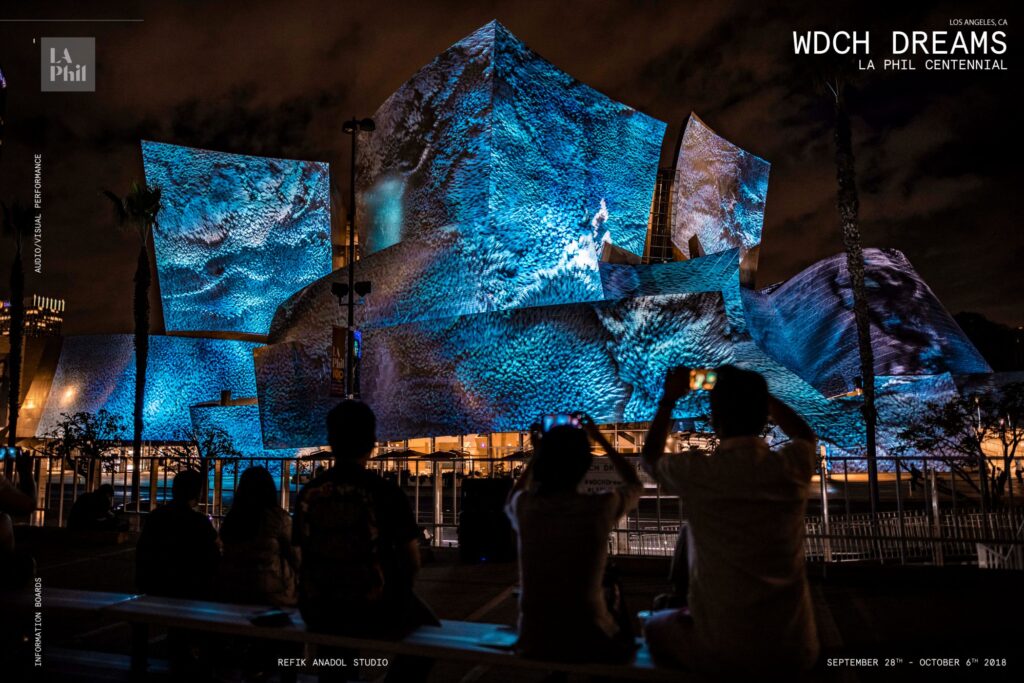
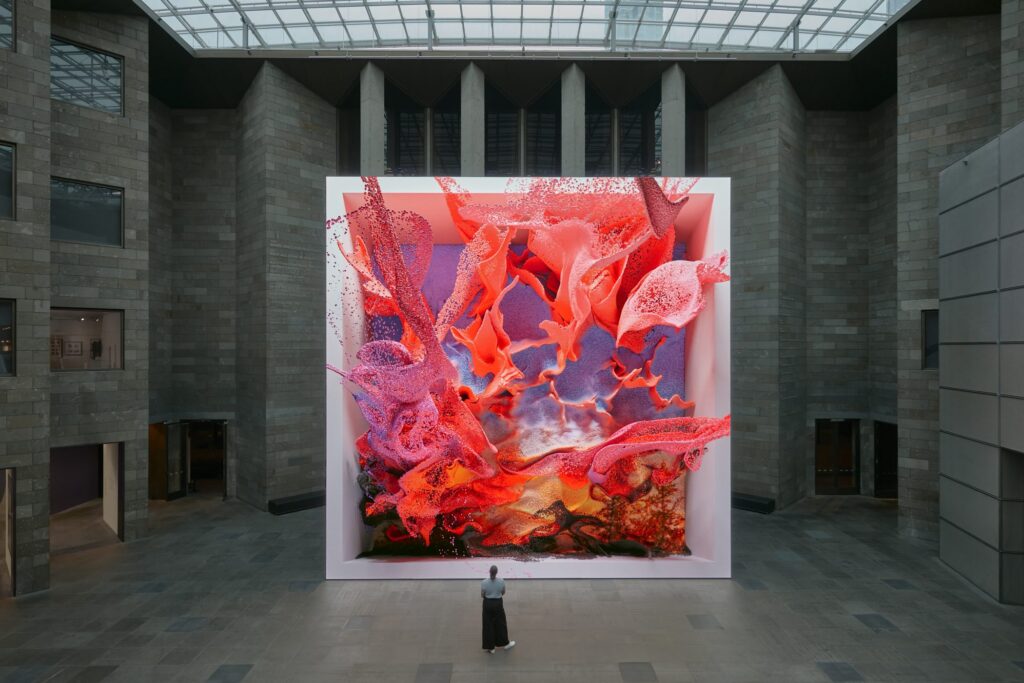
Leave a Reply